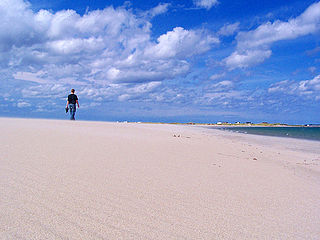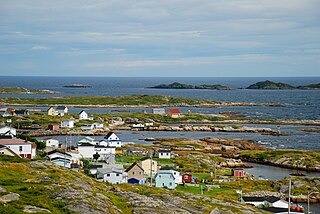Naboth Winsor (October 5, 1916 – June 1997) was born to Robert Stewart Winsor and Jane (Butt) Winsor, on Winsor's Island, one of the islands comprising Swain's Island, Bonavista Bay, Newfoundland. Winsor and his family moved to nearby Wesleyville when he was four years old. Winsor received a Bachelor of Arts Degree, the Degree of Master of Divinity, and a Master of Arts Degree. He was an Ordained United Church Minister, and later, an author. Winsor was a United Church Minister for forty-four years, and he wrote several books on certain aspects of Newfoundland History, primarily on areas in Bonavista Bay, Newfoundland.
Swain's Island, Newfoundland, is actually a group of eight islands on the north side of Bonavista Bay, southeast of Wesleyville. All of these islands once had inhabitants but eventually all of them were resettled, mostly to Wesleyville.

Bonavista Bay (BB) is a large bay located on the northeast coast of the island of Newfoundland in the province of Newfoundland and Labrador in Canada. It opens directly onto the Atlantic Ocean.

Newfoundland and Labrador is the most easterly province of Canada. Situated in the country's Atlantic region, it comprises the island of Newfoundland and mainland Labrador to the northwest, with a combined area of 405,212 square kilometres (156,500 sq mi). In 2018, the province's population was estimated at 525,073. About 92% of the province's population lives on the island of Newfoundland, of whom more than half live on the Avalon Peninsula.





